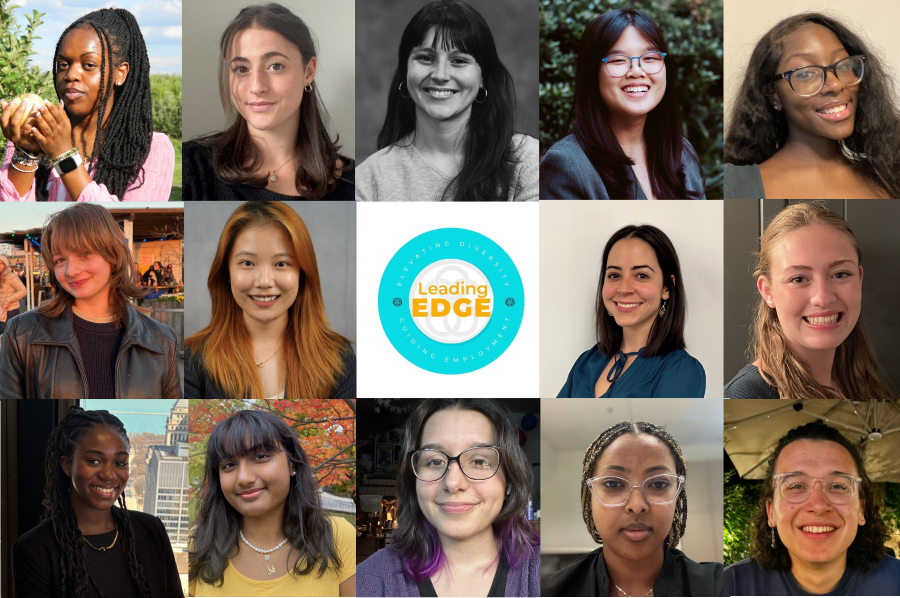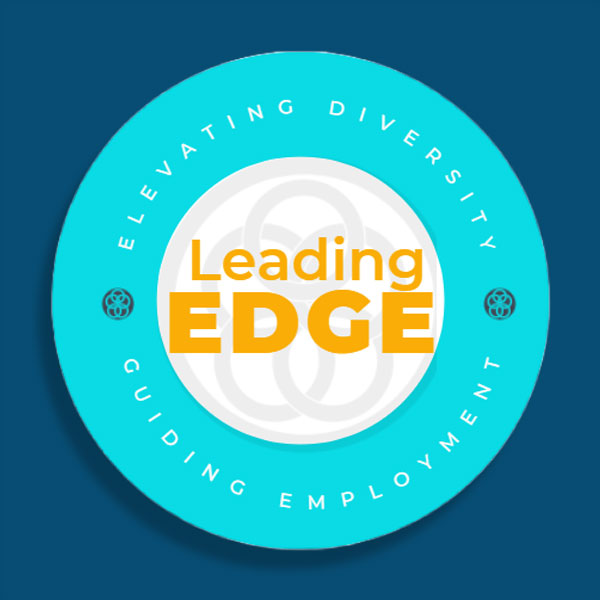Talking with your board and senior leadership about COVID-19
We’ve been hearing two big things from nonprofit professionals about the current crisis:
- I keep having to talk my board or senior management off a ledge
- I don’t have time to do my normal job, much less add on to #1
So let’s try an experiment: a crowdsourced COVID-19 board presentation. I’ll put in the slides, graphs, and talking points I’d start with. Then, in the comments section below, please let me know both what tactics you’ve successfully used and what other questions you’ve been asked. My goal is to create the materials you need to cut and paste for your next board therapy session.
In bad economic times, giving dips, then recovers
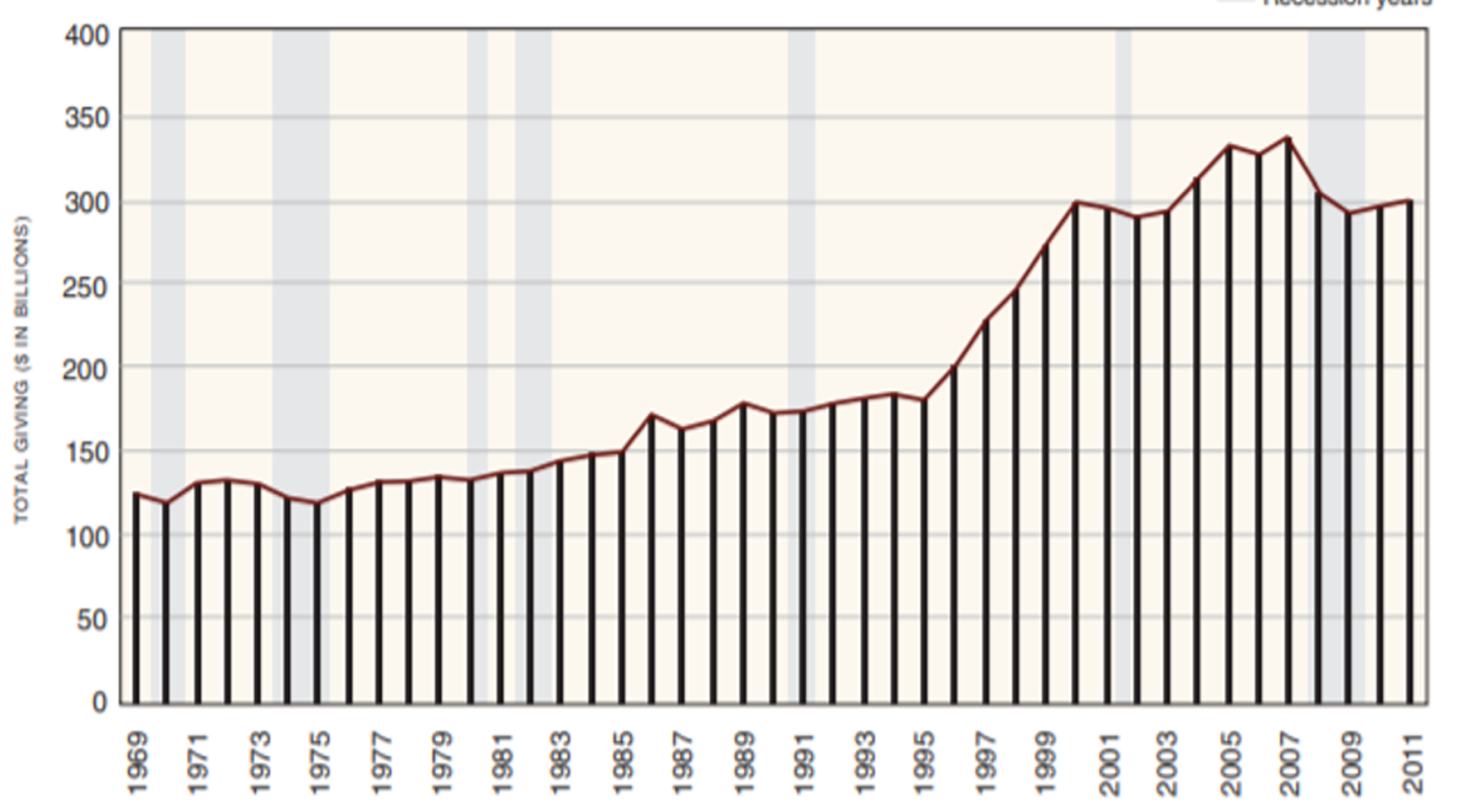
The Center on Philanthropy looked at economic reversals over four decades and found an average of a 1% decrease during times of economic reversal. Even when the recessions lasted eight months or more, giving declined only 2.7% on average. Even the Great Depression had only two years of giving decline, followed by steady increases. (Credit to https://inequality.stanford.edu/sites/default/files/CharitableGiving_fact_sheet.pdf for the graphic)
People are still charitable in bad times

Giving is generally 2% of GDP, plus or minus a slight amount. This is a graph that I usually decry—we should be able to crack this charitable glass ceiling, getting people to give more over time. But the good news is that in addition to a ceiling to giving, it also provides a floor. (Credit to https://inequality.stanford.edu/sites/default/files/CharitableGiving_fact_sheet.pdf for the graphic)
Charitable giving responds more to increases than decreases in the stock market

Direct marketing is generally untouched
- Donors are older
- Gifts are mentally budgeted
- We have a more open lane
(I didn’t have a graphic for this, so hope you are OK with bullet points…)
You’ve likely heard calls to get a younger donor base in place from the same people you are talking to now. In times of crisis, though, the fact that your donors are older is helpful. Older people tend to be on fixed incomes that do not change substantially over time; or if working, they are more stable in their jobs. In recessions, it is those most recently into the workforce (i.e., young people) who are most impacted.
There’s also something called mental accounting—even though money is fungible, meaning we can spend it on anything, we tend to have mental buckets for money. Those buckets are often things like rent/mortgage, entertainment, food, savings, charitable giving, etc. And we experience mental pain whenever we take from one bucket to pay another. That’s part of why charitable giving is so stubbornly at two percent of GDP—we’ve locked in how willing we are to pay for giving.
Finally, as for-profits pull back on communications, the environment isn’t as crowded. That means our communications can be more effective and, sometimes, cheaper. We’ll talk more about that.
Donors say they want to keep giving

We are seeing steady results so far
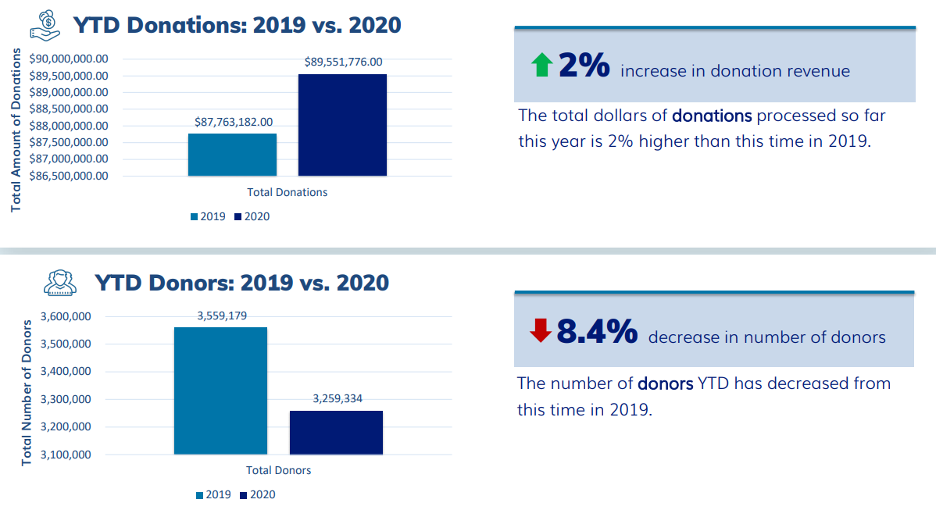
That doesn’t mean nothing has changed
- Shift of charitable giving
- First-order effects
- Second-order effects
- Those not able to provide services
- Some channels are at least temporarily gone
- Events
- Canvassing
- Traditional personal meeting major gift fundraising
When there is a crisis, giving goes to that crisis. During the Great Recession, Feeding America had a 50% year-over-year Q4 increase in giving from 2008 to 2009, and food banks had a 32% increase in giving from 2008 to 2009. After 9/11, the September 11th Fund and America Red Cross had to issue a plea not to donate to them anymore. Same with any disaster in the world.
But it’s not just the non-profits you’d immediately think of that benefited. In the wake of 9/11, organizations that could make a case for impact got increased donations, like New York City immigration assistance organizations. That’s why it’s incumbent upon you to stay relevant to the moment, talking about the second-order impacts COVID-19 could have upon you and the causes you serve.
There are also organizations that can’t function right now, but need to keep funds going to be ready for when they can proceed. These are organizations like museums, galleries and libraries; the pandemic also impacts social services organizations who can only deliver their services face-to-face.
And of course, some channels are gone in traditional ways for the year. This doesn’t mean to abandon these efforts—virtual events and Zoom meetings with major donors have helped fill many gaps. But is does mean we will have to get more out of what we have.
Opportunity: GivingTuesdayNow
As you’re surely aware, this announcement hit the news last month:
GivingTuesday, the groundbreaking global generosity movement, announced #GivingTuesdayNow, a global day of giving and unity, set to take place on May 5, 2020 as an emergency response to the unprecedented need caused by COVID-19. The day is designed to drive an influx of generosity, citizen engagement, business and philanthropy activation, and support for communities and nonprofits around the world. #GivingTuesdayNow Leadership Supporters the Bill & Melinda Gates Foundation and PayPal are already actively responding to COVID-19. Confirmed additional partners include original #GivingTuesday co-founder the United Nations Foundation powering the COVID-19 Solidarity Response Fund for the World Health Organization, the CDC Foundation, Facebook, LinkedIn, Guardian News and Media, the Aga Khan Foundation, United Way Worldwide, Candid, The Communications Network, Global Impact, Philanthropy Together, Teach for All, Worldwide Initiatives for Grantmaker Support (WINGS), with NBC News and MSNBC returning as GivingTuesday’s signature media partner.
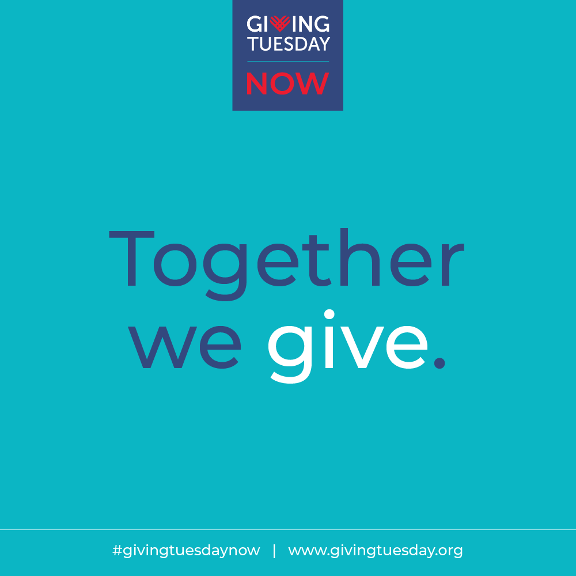
GivingTuesdayNow has the main media partners that make GivingTuesday a success. Thus, you can expect the wind to be at your back as you do ads, emails, mail pieces, and other pitches encouraging gifts on May 5th or before.
Opportunity: DRTV
- Increased viewership: TV viewership is up over 60%
- Decreased costs: 51% decrease in overall spend on TV ads
- Improved results:
- Cost per Phone Lead is down 11.2%
- Cost per Web Visit is down by 51.7%
- Cost to Acquire a Monthly Donor is down by 13.2%
Not only is viewership up, but it’s shifting to DRTV-friendly channels like news or feel-good programming. And the improvement in results is from Direct Donor TV, a Moore company.
Opportunity: Donor-Advised Funds
“While other forms of charitable giving generally drop during economic downturns, we find that grants from DAFs remain relatively stable in recession conditions… Given these findings, donor-advised funds may be an important resource to the nonprofit economy in future recessions.”
The quote is from a Heist and Vance-McMullen study that found that donor-advised funds can be a strong hedge against recessions because people have already donating the money; they just haven’t distributed it. Thus, they can distribute what’s there rather than make donations from their own accounts that could be hurting.
Opportunity: Donor-Advised Funds, cont.
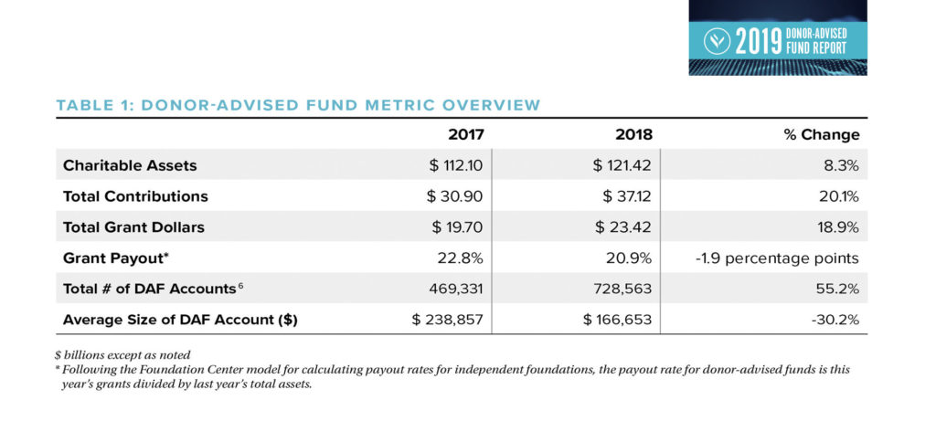
Data from the Nonprofit Trust show that there’s $121 billion in donor-advised funds (as of 2018, so more now), with $23 billion (ditto) distributed. And the holders of donor-advised funds are encouraging donations now, so you can dovetail with their messaging.
Our donors are the best investment you can make
Yield on a five-year US Government bond: .363%
Yield on a newly acquired donors over five years: [insert your organization’s number here]
The organizations that come through this strong will be the ones that put their money where it can have a return. That’s in our donors: in the acquiring, stewarding, and retaining of them.
What have you said to your leadership that’s impacted them? Or to what do you need answers? Please help the nonprofit community by sharing your insights in the comments below!
Nick Ellinger, Chief Brand Officer with Moore, was formerly editor and contributor to the Agitator blog. He ran Mothers Against Drunk Driving’s direct marketing program for a decade, where he gained his passion is to help the nonprofit sector break through the 2% of GDP individual giving ceiling we’ve seen for decades. You can enjoy more of Nick’s written perspective in his 2019 book The New Nonprofit, available on Amazon.


